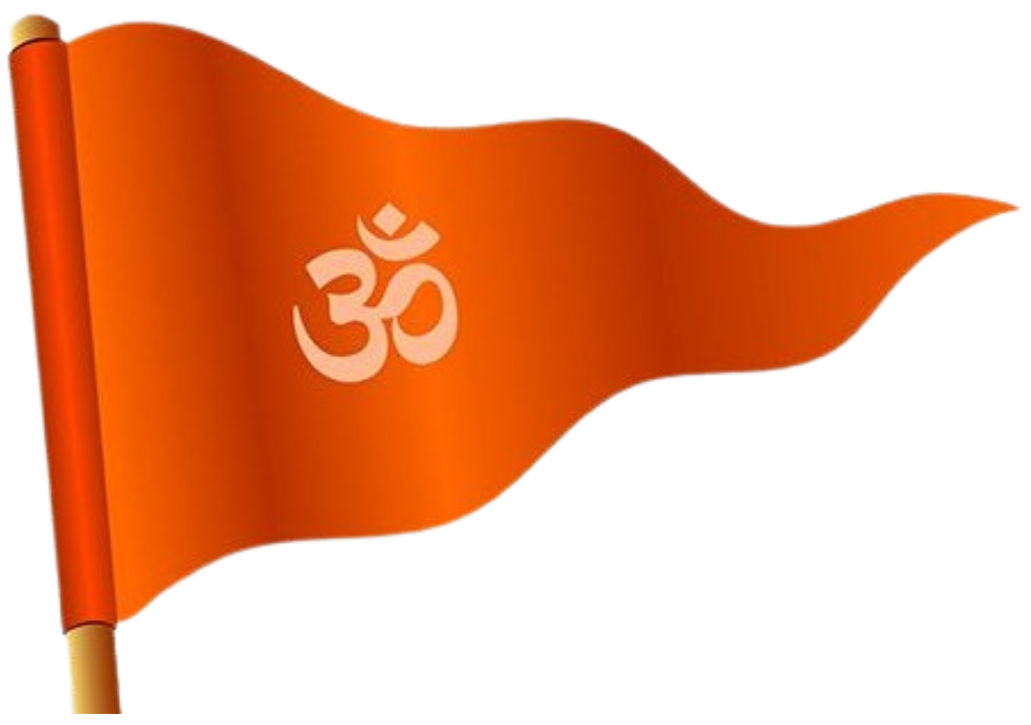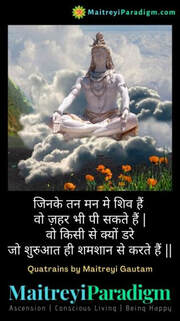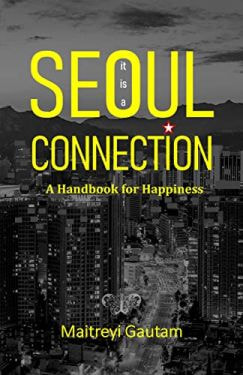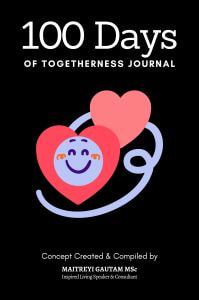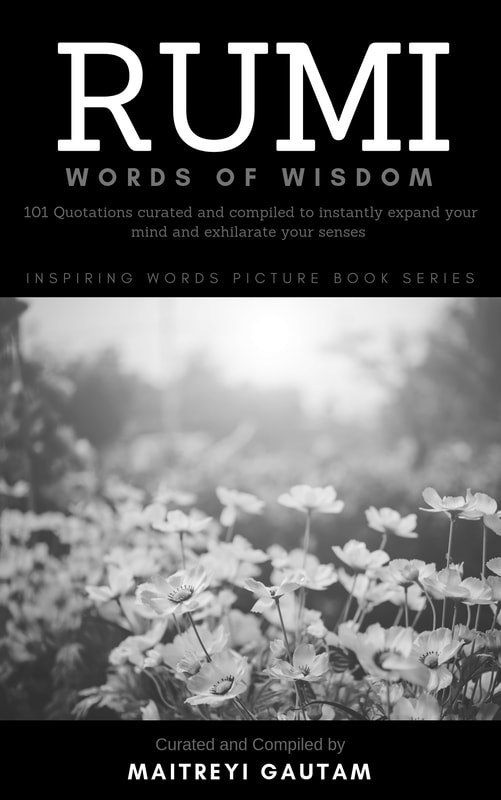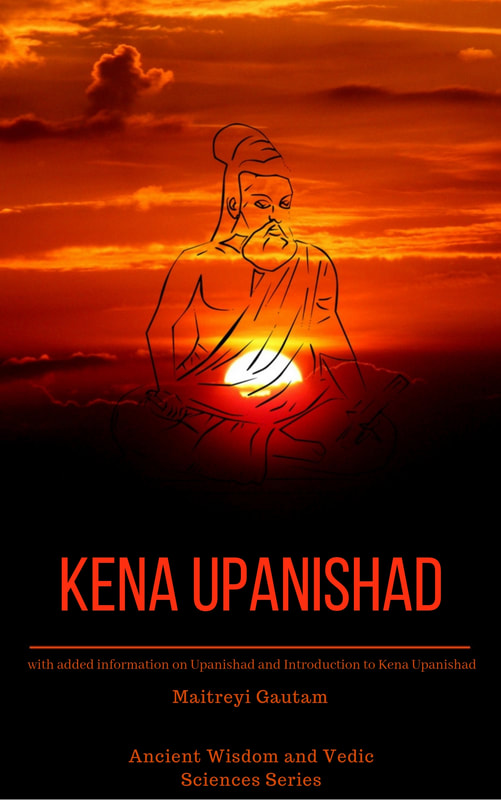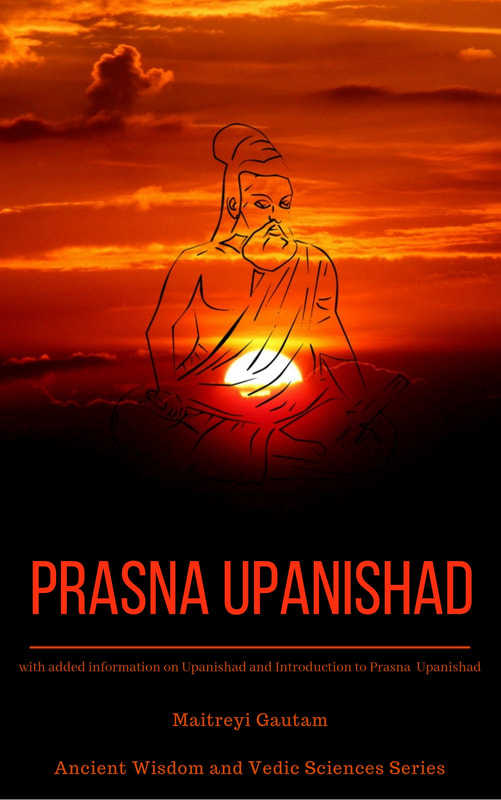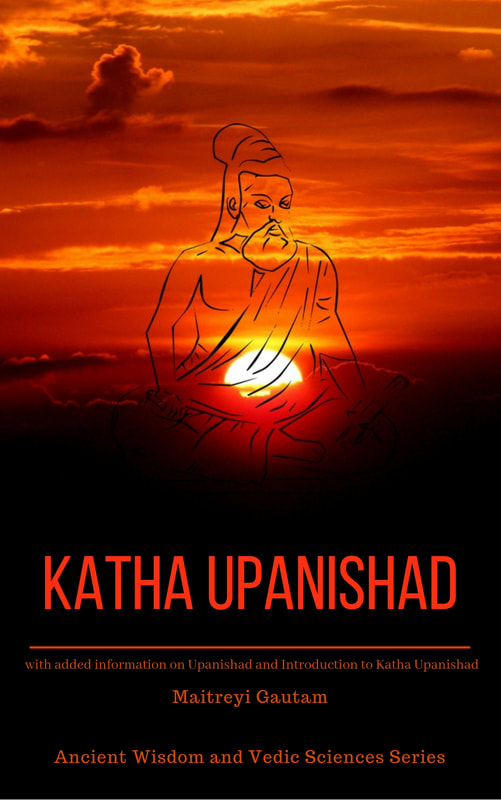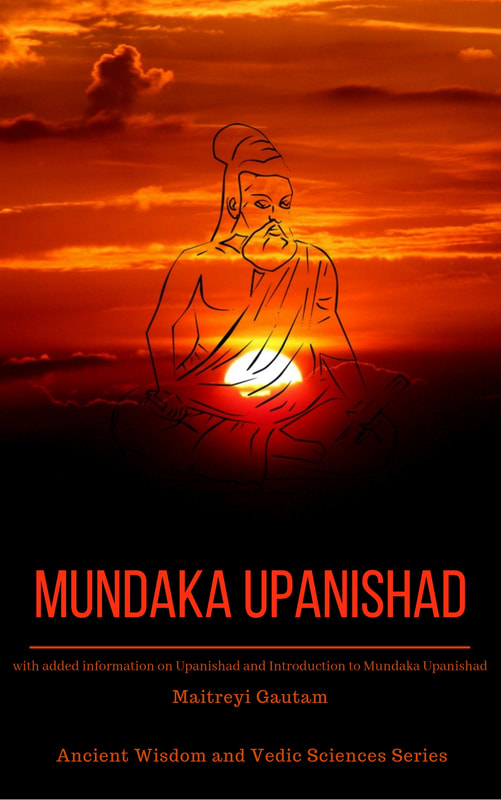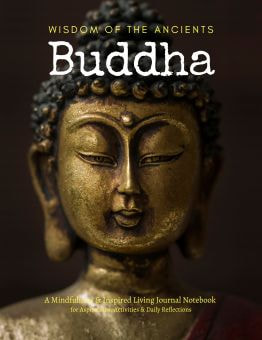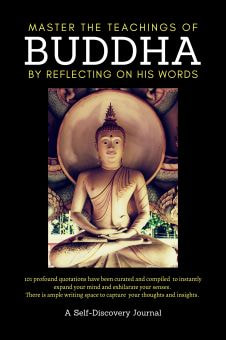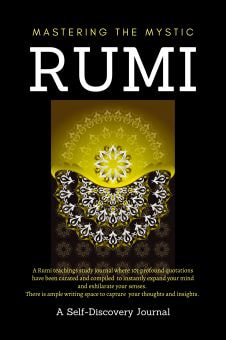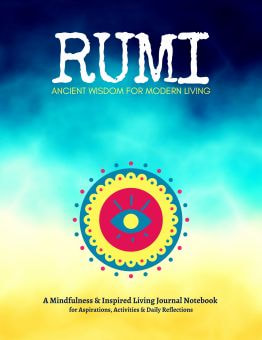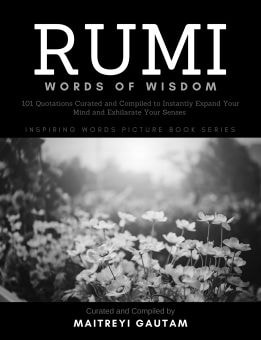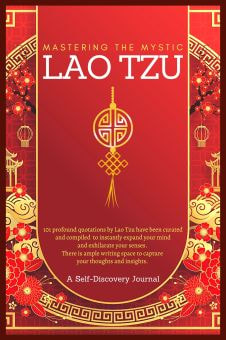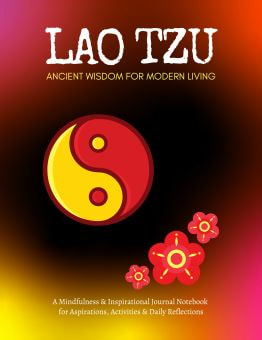| It can be quite challenging for folks to truly understand the fine nuances between "Aham Brahmasmi" and "Ayam Atma Brahma," two of the profound Maha-Vaakyas from the Upanishads. While both these statements point towards the same ultimate truth, their approach and emphasis differ, offering unique perspectives on the nature of Self and reality. "Aham Brahmasmi," translating to "I am Brahman," is a powerful statement of identity. It is an affirmation of our inherent divinity, asserting that our true Self (the "I" within us) is not separate from the ultimate reality, Brahman. | |
This phrase helps us dismantle our limited, ego-based identification with the body, mind, and personal experiences, urging us to recognize our true, expansive nature as Brahman. It is a statement of self-realization, where we acknowledge our individual consciousness (Atman) as the universal consciousness (Brahman).
On the other hand, "Ayam Atma Brahma," which translates to "This Self is Brahman," offers a slightly different lens. While it also indicates the unity of Atman and Brahman, the emphasis here is more on discernment rather than identification. "Ayam," or "this," points to something immediate and tangible, suggesting that the truth of our being is not distant or abstract but present here and now, accessible to us in our own direct experience.
"Ayam Atma Brahma" encourages us to investigate the nature of our Self, to introspect and inquire: "Who am I?" It calls for a deep contemplation that cuts through layers of illusion and misidentification to reveal our true Self. This process of discernment helps us understand that our innermost essence, the witnessing consciousness within us, is the same as the absolute reality, Brahman.
In essence, while "Aham Brahmasmi" is a declaration of our innate divinity, "Ayam Atma Brahma" is a pointer guiding our exploration towards that divine realization. Both Maha-Vaakyas, though employing different methods, lead us to the same destination: the understanding and experiential realization that our true Self is not separate from the universal consciousness, Brahman. They encourage us to transcend our limited perspectives and experience the infinite, unchanging reality that underlies our existence.
In conclusion, "Aham Brahmasmi" and "Ayam Atma Brahma" are two beautiful expressions of the same profound truth. While their approaches differ, their message remains the same... the call to realize our inherent unity with the cosmos, to recognize that we are, in essence, the fabric of the universe itself. By contemplating these Maha-Vaakyas, we can embark on a transformative spiritual journey towards self-realization and profound inner peace.
On the other hand, "Ayam Atma Brahma," which translates to "This Self is Brahman," offers a slightly different lens. While it also indicates the unity of Atman and Brahman, the emphasis here is more on discernment rather than identification. "Ayam," or "this," points to something immediate and tangible, suggesting that the truth of our being is not distant or abstract but present here and now, accessible to us in our own direct experience.
"Ayam Atma Brahma" encourages us to investigate the nature of our Self, to introspect and inquire: "Who am I?" It calls for a deep contemplation that cuts through layers of illusion and misidentification to reveal our true Self. This process of discernment helps us understand that our innermost essence, the witnessing consciousness within us, is the same as the absolute reality, Brahman.
In essence, while "Aham Brahmasmi" is a declaration of our innate divinity, "Ayam Atma Brahma" is a pointer guiding our exploration towards that divine realization. Both Maha-Vaakyas, though employing different methods, lead us to the same destination: the understanding and experiential realization that our true Self is not separate from the universal consciousness, Brahman. They encourage us to transcend our limited perspectives and experience the infinite, unchanging reality that underlies our existence.
In conclusion, "Aham Brahmasmi" and "Ayam Atma Brahma" are two beautiful expressions of the same profound truth. While their approaches differ, their message remains the same... the call to realize our inherent unity with the cosmos, to recognize that we are, in essence, the fabric of the universe itself. By contemplating these Maha-Vaakyas, we can embark on a transformative spiritual journey towards self-realization and profound inner peace.

